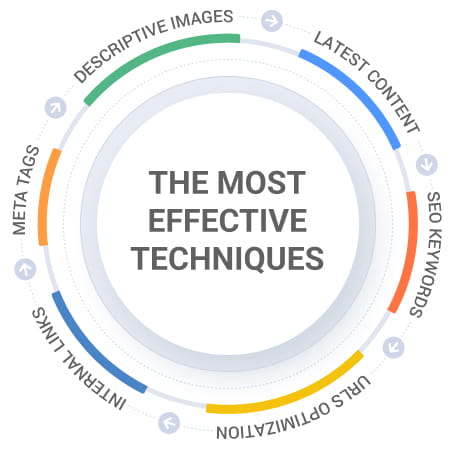
Your website's onsite search functionality is a critical component of user experience, often overlooked but immensely powerful. When users arrive on your site with a specific goal, the internal search bar becomes their direct pathway to finding what they need. Optimizing this tool isn't just about functionality; it's about providing a seamless, efficient, and ultimately satisfying experience that can significantly impact conversions and customer loyalty. This article explores tactics to enhance your website’s internal search, turning it into a powerful asset.
The Importance of Onsite Search Optimization
Imagine a customer entering a physical store. They know what they want but can't find it. They ask a staff member who either doesn't know or provides vague directions. Frustration ensues, and the customer likely leaves. Your onsite search is that staff member. A poorly optimized search function can lead to similar frustrations, resulting in:
- Increased Bounce Rates: Users who can't find what they need quickly leave your site.
- Decreased Conversions: Frustration prevents users from completing desired actions.
- Lower Customer Satisfaction: A poor search experience reflects negatively on your brand.
- Missed Opportunities: Valuable content or products remain undiscovered.
Conversely, an optimized onsite search can:
- Improve User Engagement: Users find relevant content quickly, leading to longer site visits.
- Boost Conversions: Efficient search leads to faster purchase decisions.
- Gain Valuable Insights: Search data reveals what users are looking for, informing content and product strategy.
- Enhance SEO: While not a direct ranking factor, good UX improves overall site performance, which indirectly benefits SEO.
Tactics to Enhance Onsite Search Functionality
- Implement Predictive Search (Autocomplete):
- Predictive search offers suggestions as users type, reducing typing effort and speeding up the search process.
- It helps users discover relevant content they might not have considered.
- Ensure suggestions are accurate and relevant to the user's input.
- Prioritize popular searches and frequently accessed content.
- Handle Misspellings and Typos:
- Implement fuzzy search algorithms to correct common misspellings and typos.
- "Did you mean?" suggestions can guide users to the correct results.
- This prevents users from encountering "no results" pages, reducing frustration.
- Provide Relevant Search Results:
- Prioritize results based on relevance, not just keyword matching.
- Consider factors like user behavior, product popularity, and content recency.
- Use synonyms and related terms to expand search results.
- Implement faceted search or filtering options to allow users to refine their results.
- Display Visual Search Results:
- For e-commerce sites, display product images alongside search results.
- Visual cues help users quickly identify the desired product.
- For content-heavy sites, display thumbnails or featured images.
- Optimize for Mobile Search:
- Ensure the search bar is easily accessible and visible on mobile devices.
- Use a large enough input field and a clear search button.
- Optimize search results for mobile viewing, with clear font sizes and responsive layouts.
- Provide Search Filters and Sorting Options:
- Filters allow users to narrow down search results based on specific criteria (e.g., price, category, size).
- Sorting options allow users to arrange results based on relevance, popularity, or price.
- These features are essential for e-commerce sites and websites with large amounts of content.
- Implement a "No Results" Page Strategy:
- Don't leave users stranded on a blank "no results" page.
- Offer suggestions for related searches or products.
- Provide links to popular pages or categories.
- Include a contact form or live chat option for assistance.
- Analyze Search Data:
- Track user search queries to understand what they are looking for.
- Identify popular search terms and areas where search results are lacking.
- Use this data to improve content, product offerings, and search functionality.
- Look for zero result searches, and create content to fill those gaps.
- Consider Natural Language Processing (NLP):
- More advanced search features can utilize NLP to understand the intent of the search, and deliver more accurate results.
- This is especially helpful for sites with lots of informational content.
- Test and Iterate:
- Regularly test your onsite search functionality to identify areas for improvement.
- Gather user feedback and analyze search data to refine your search strategy.
- Continuously iterate to provide the best possible search experience.
By implementing these tactics, you can transform your onsite search from a basic utility into a powerful tool that enhances user experience, boosts conversions, and provides valuable insights into user behavior.




 Phone Consultation
Phone Consultation
 Request a quote
Request a quote
 Text a Message
Text a Message